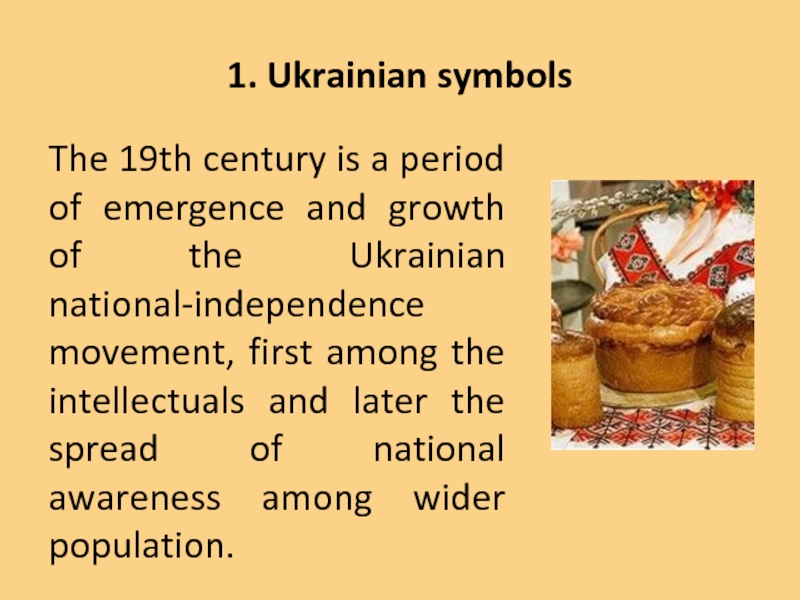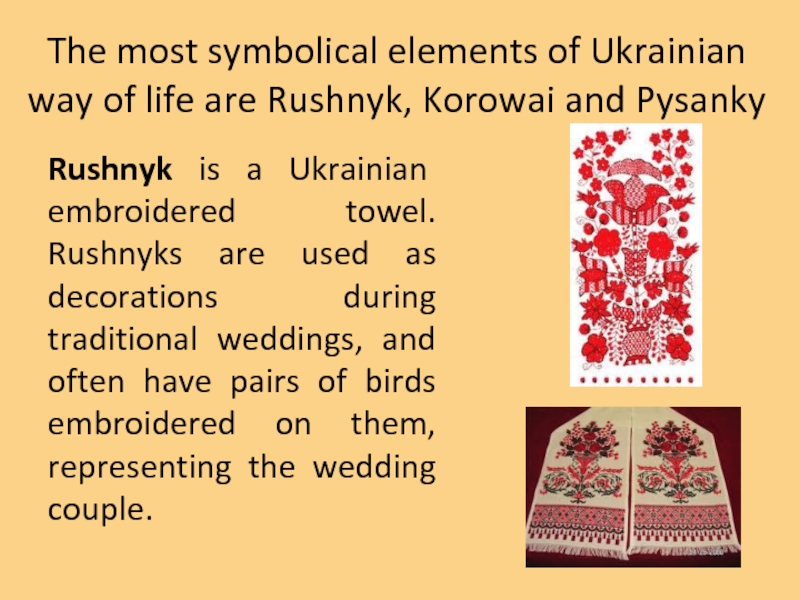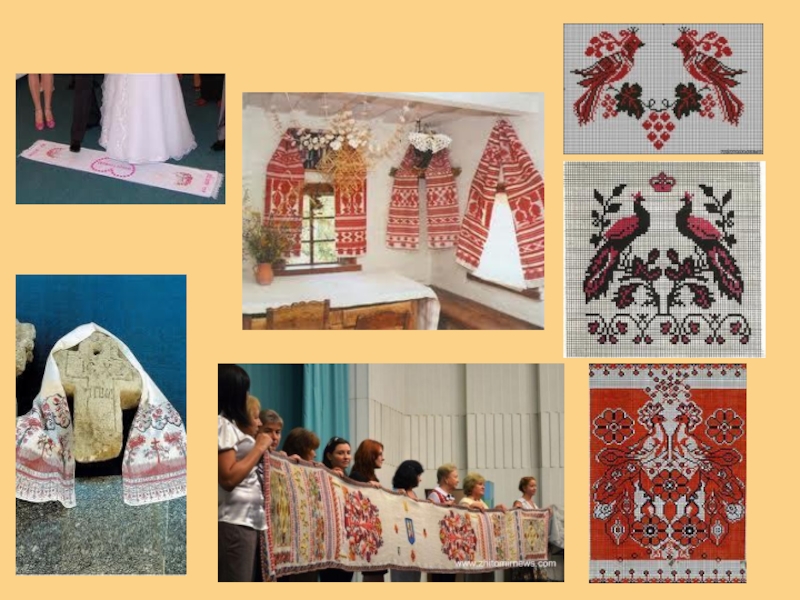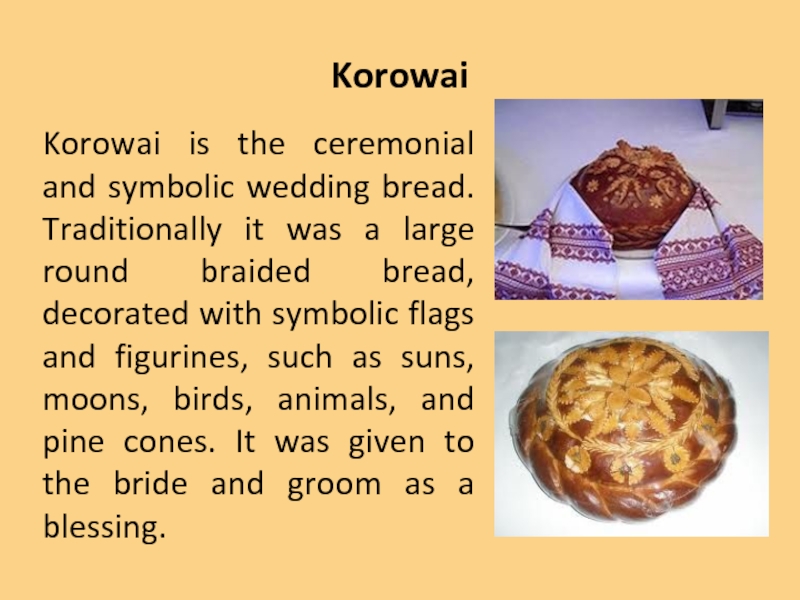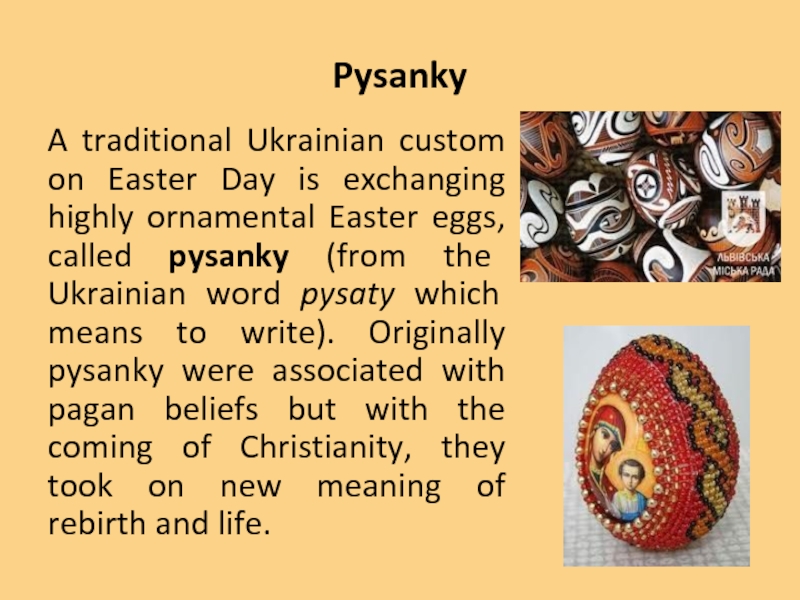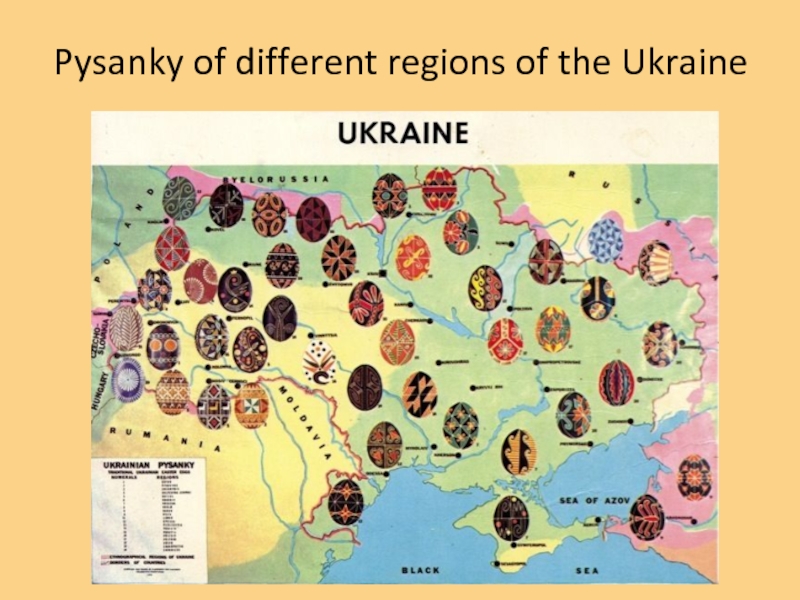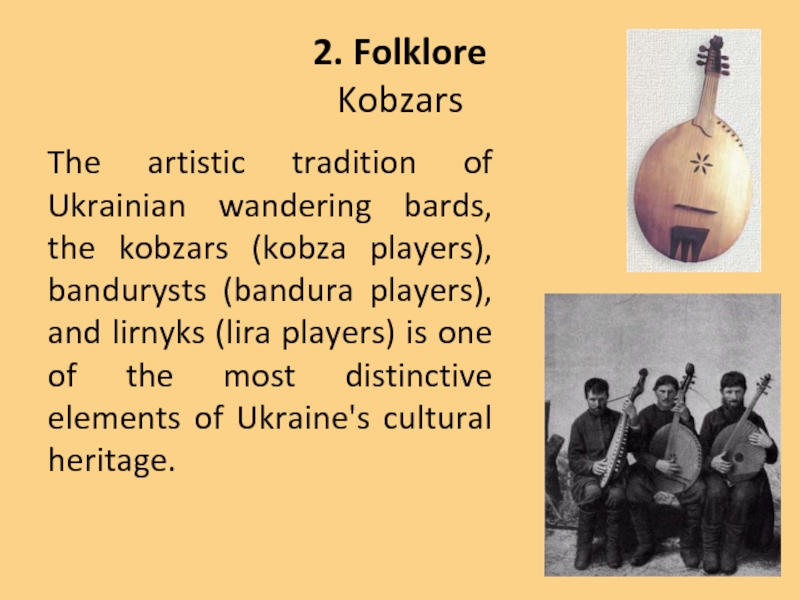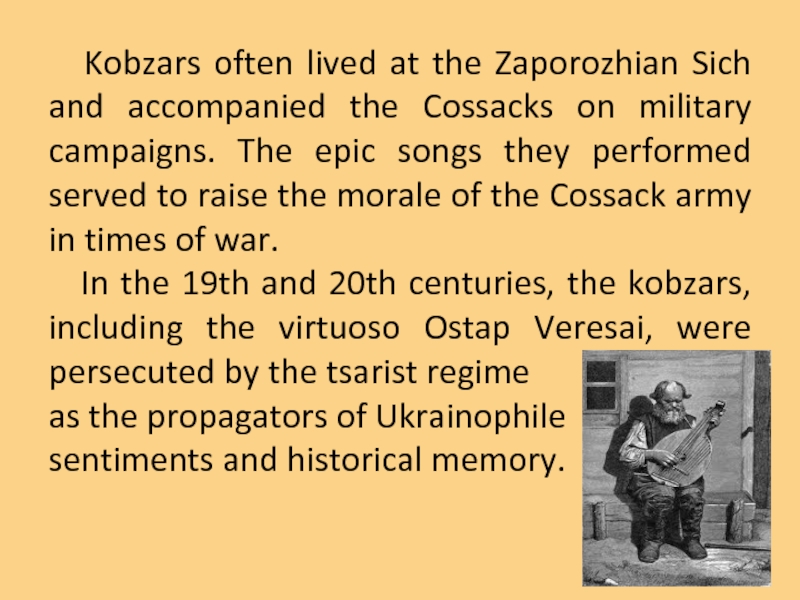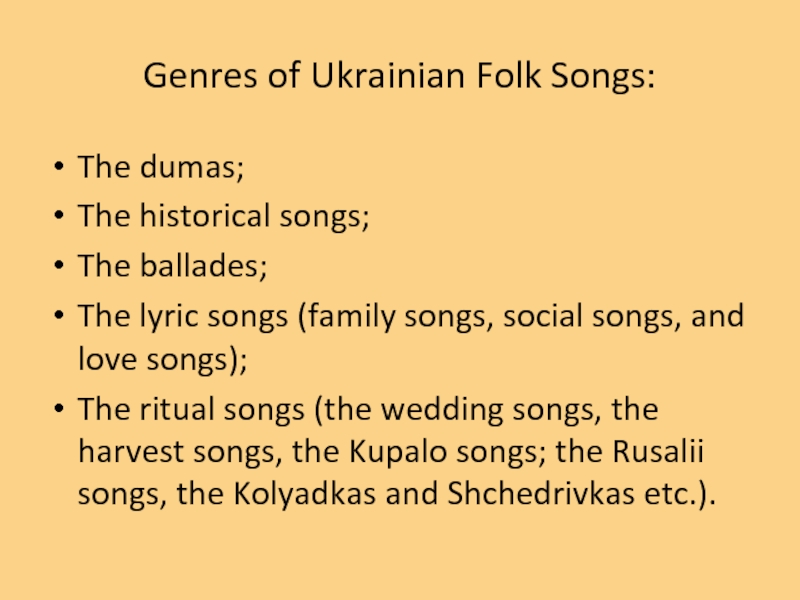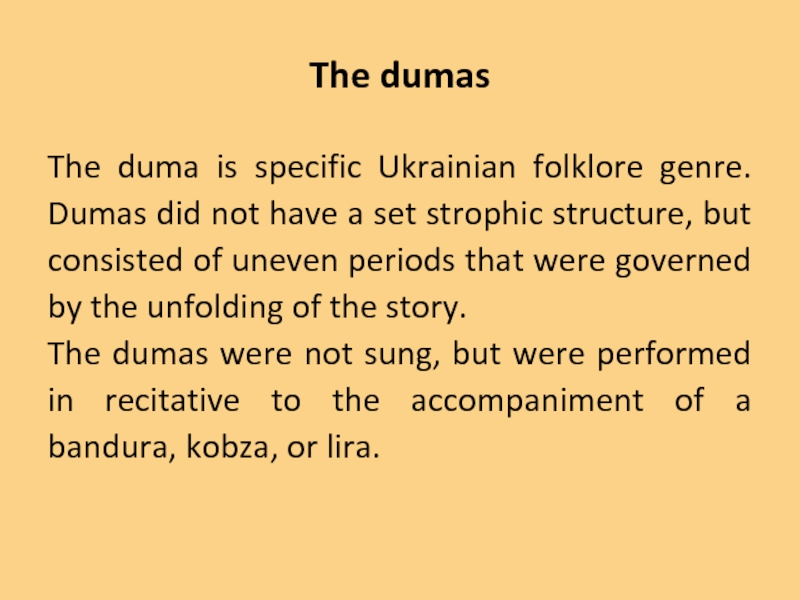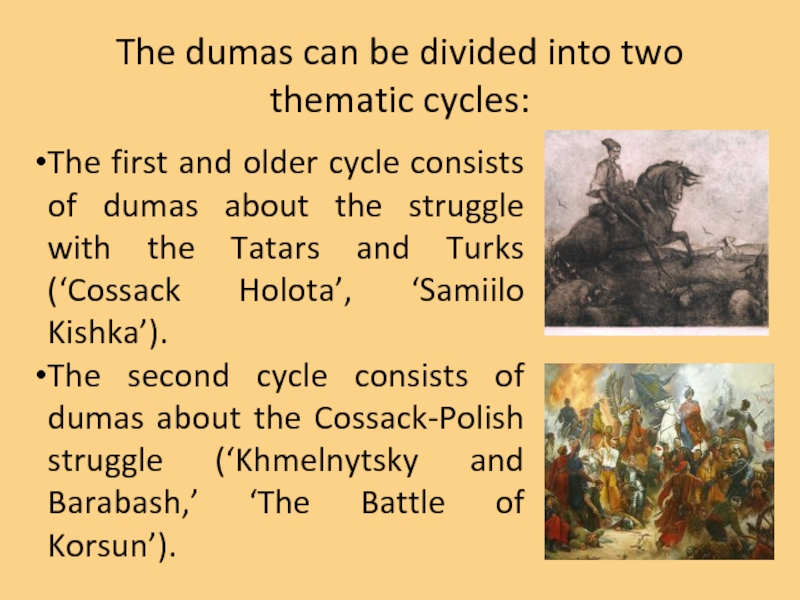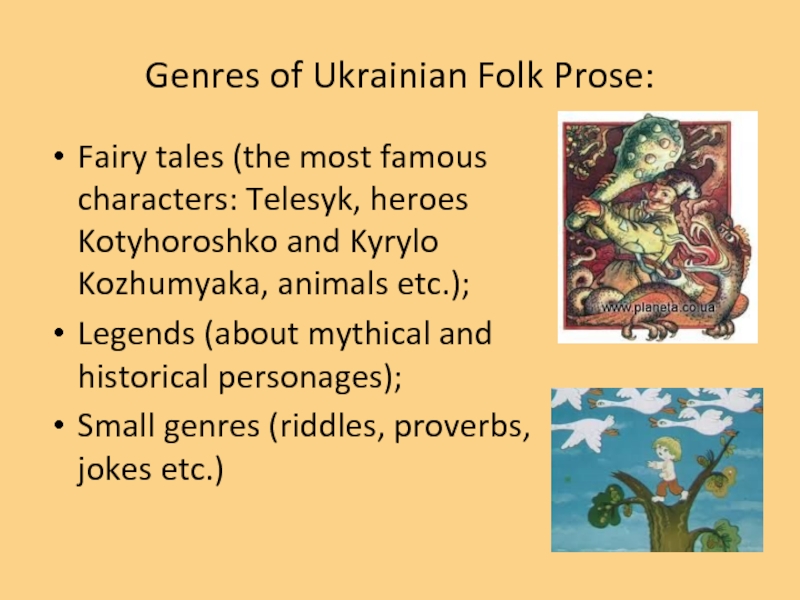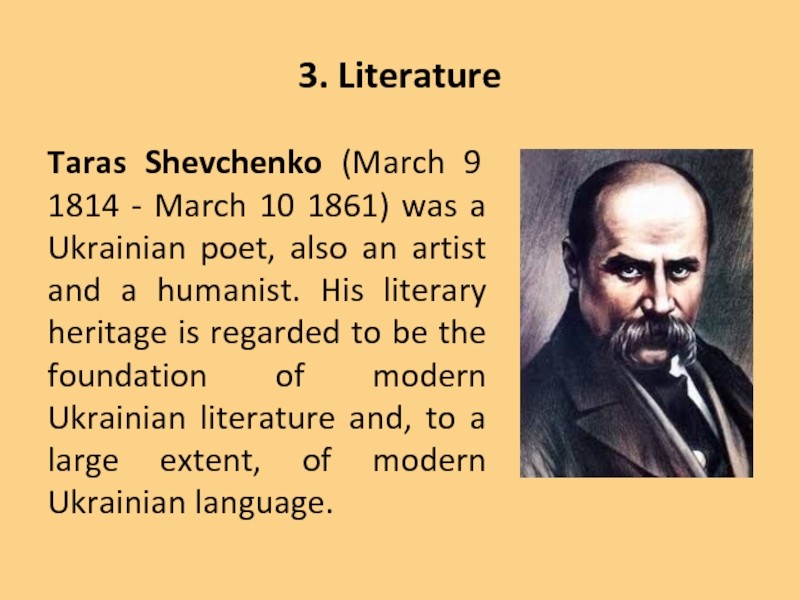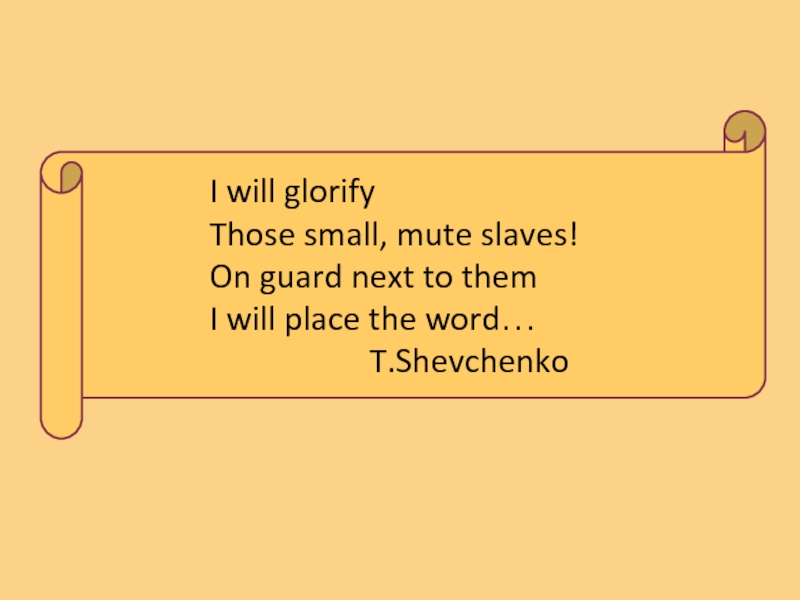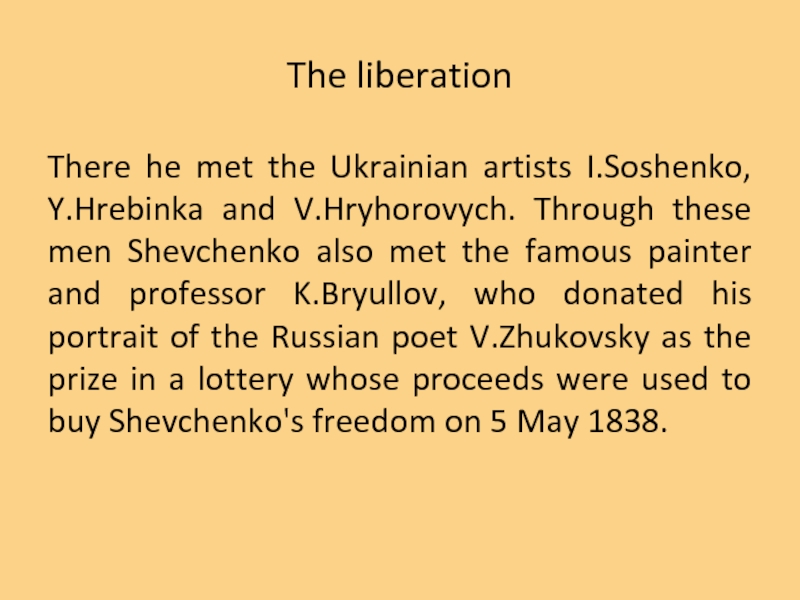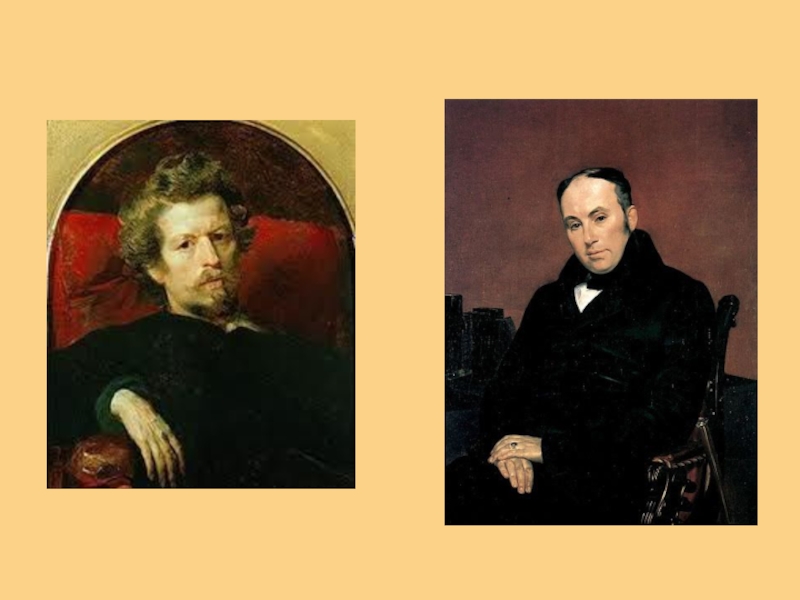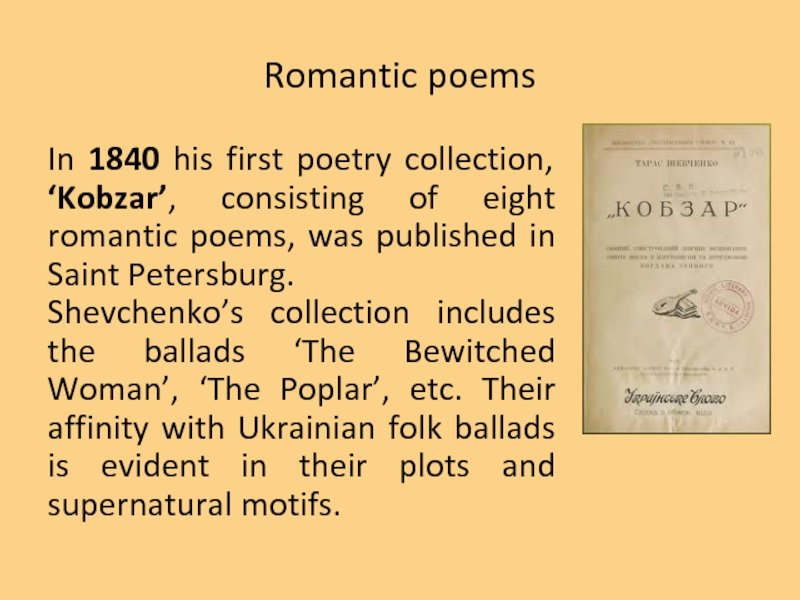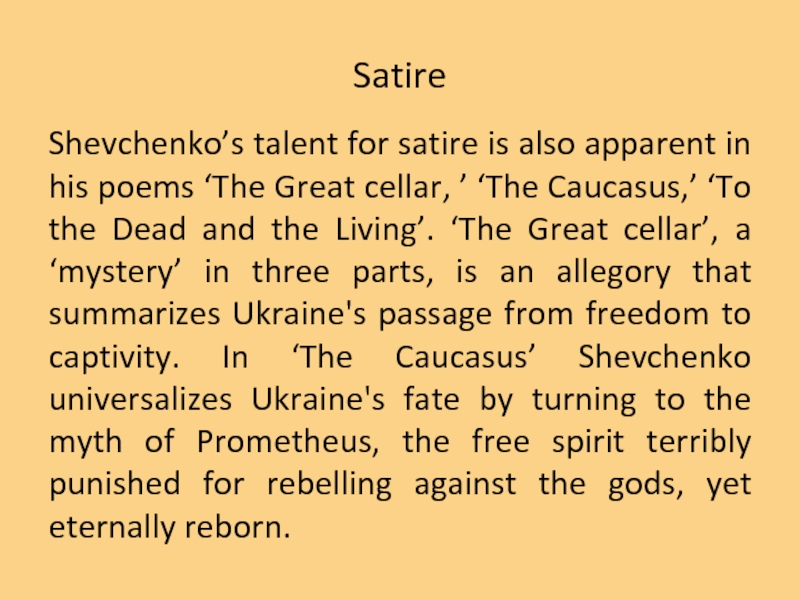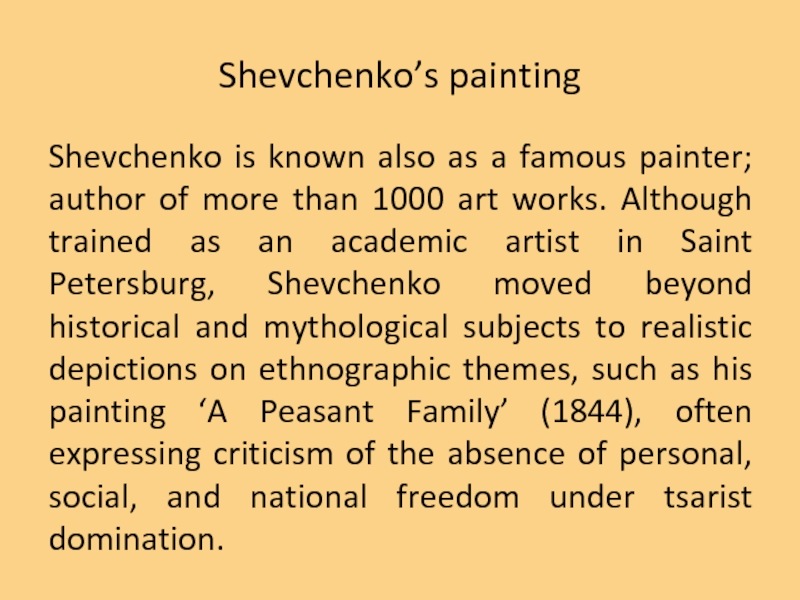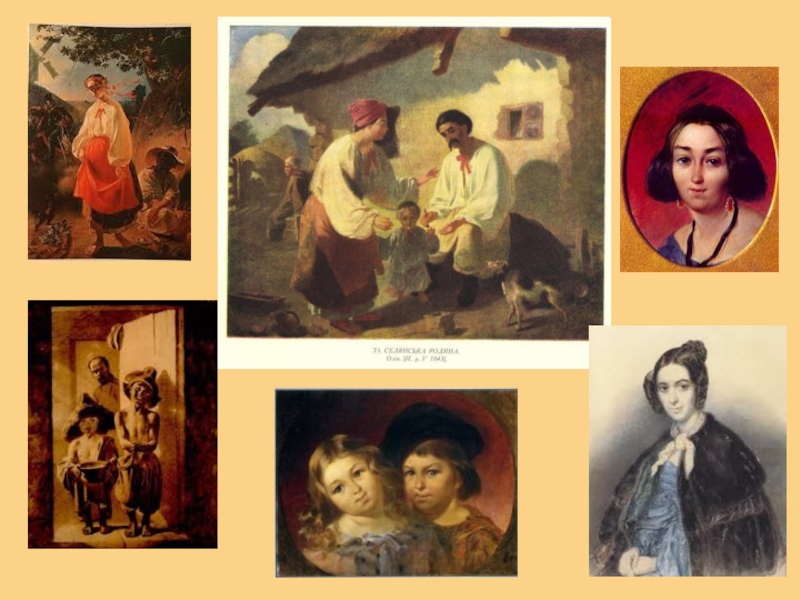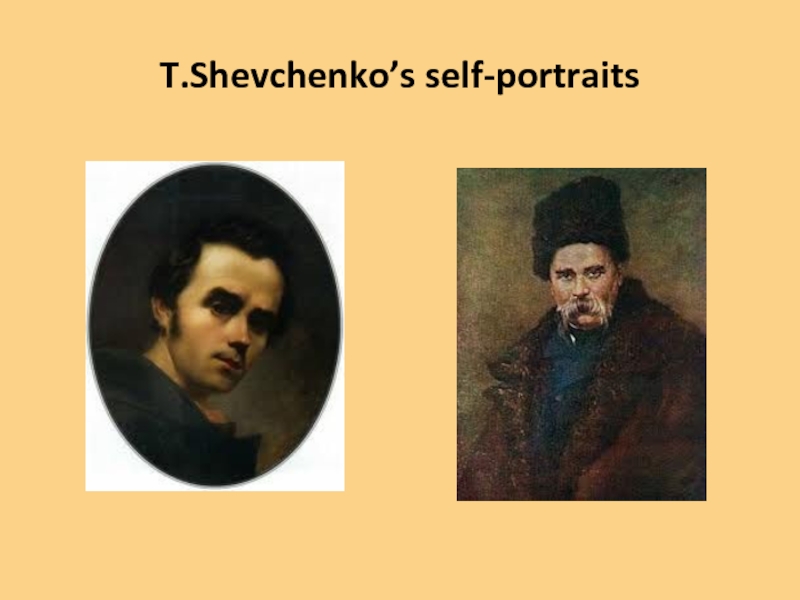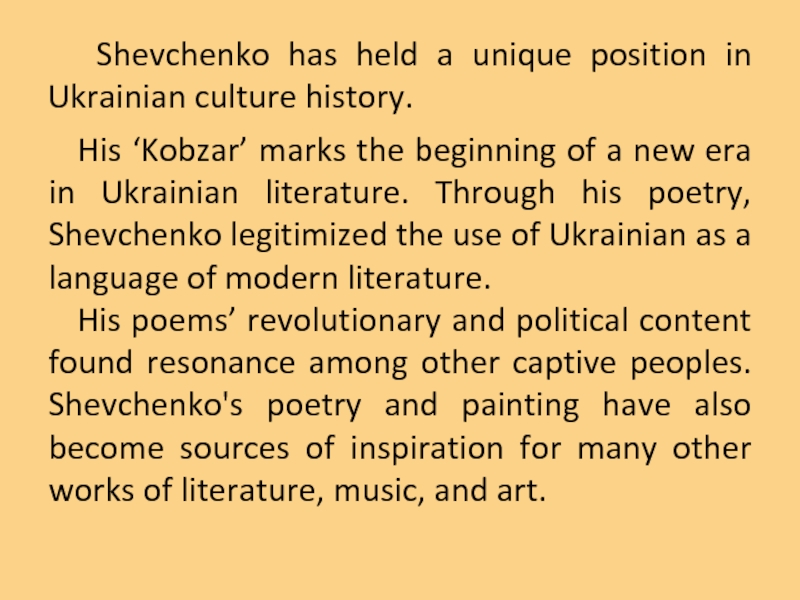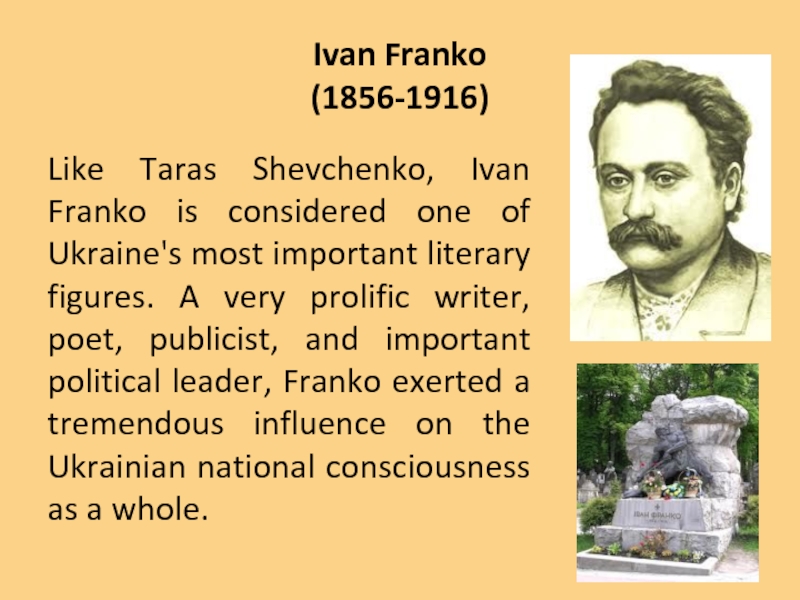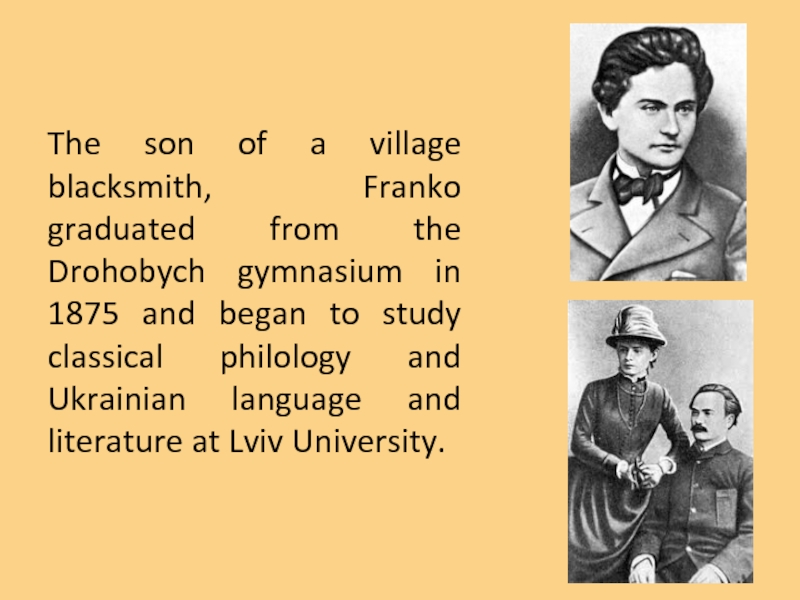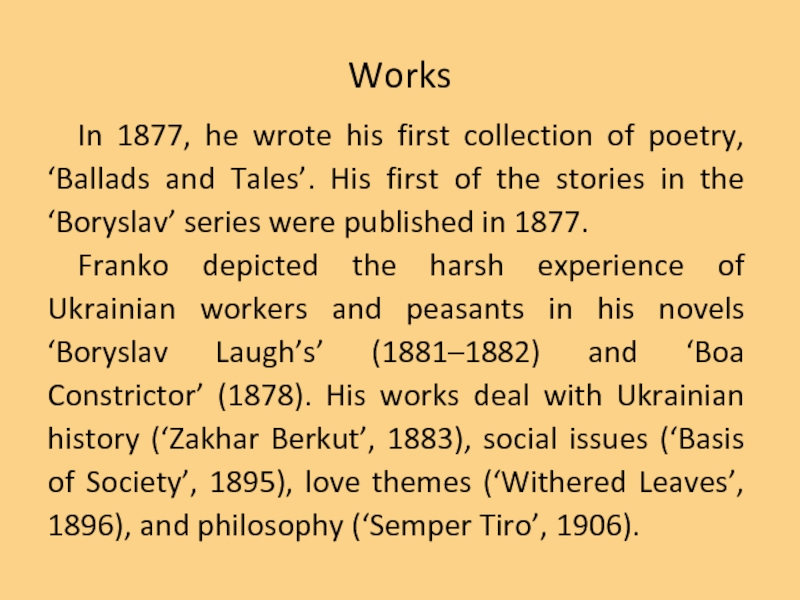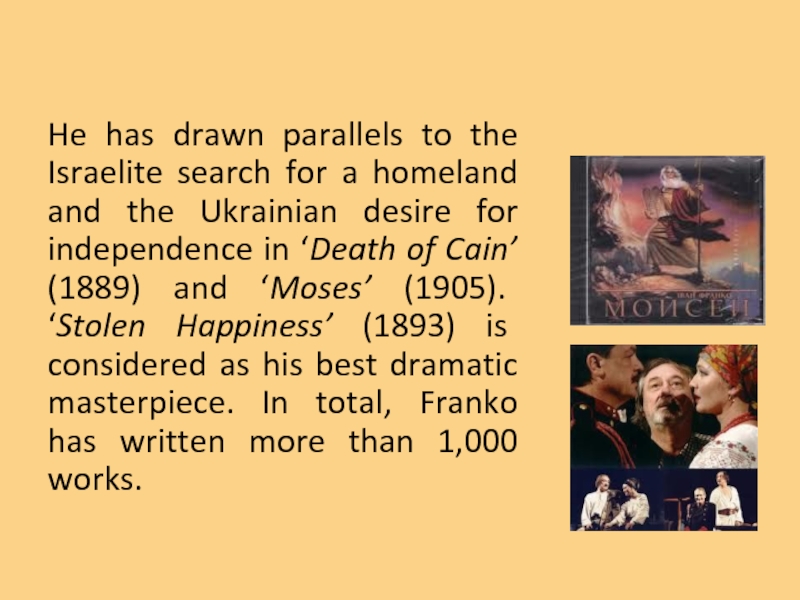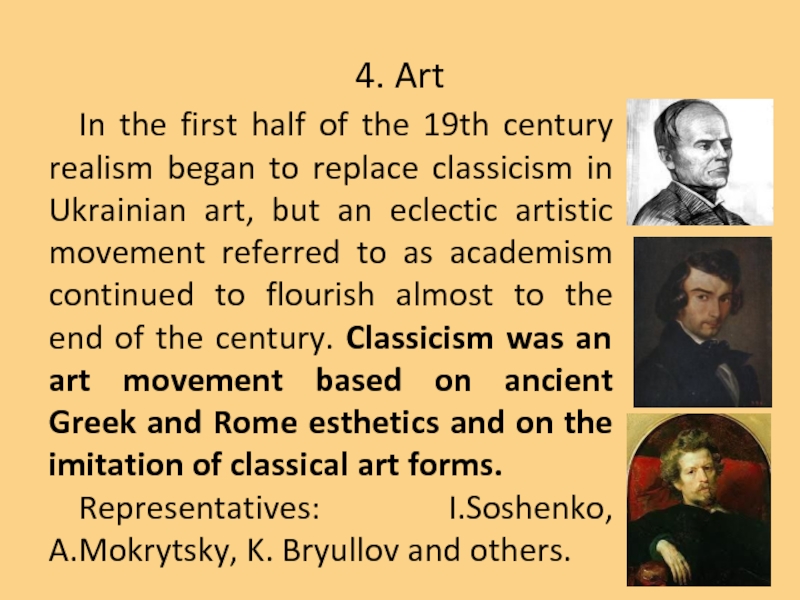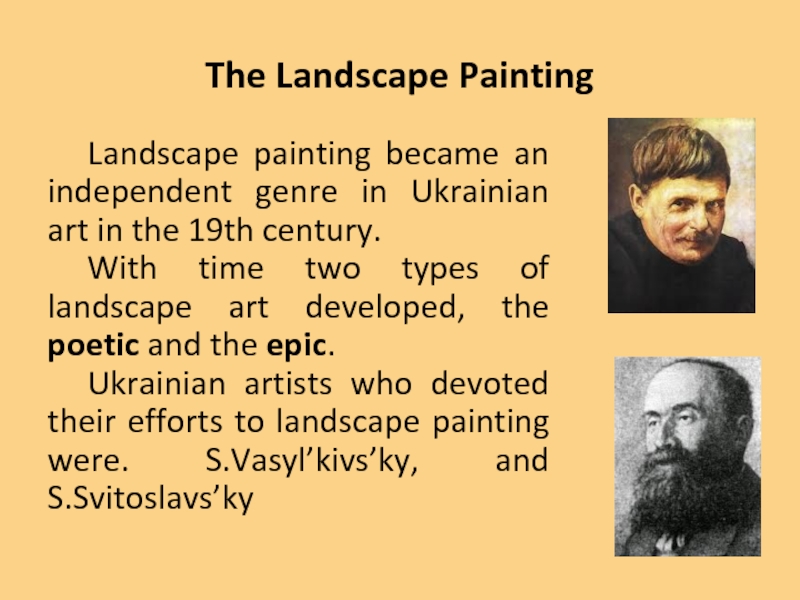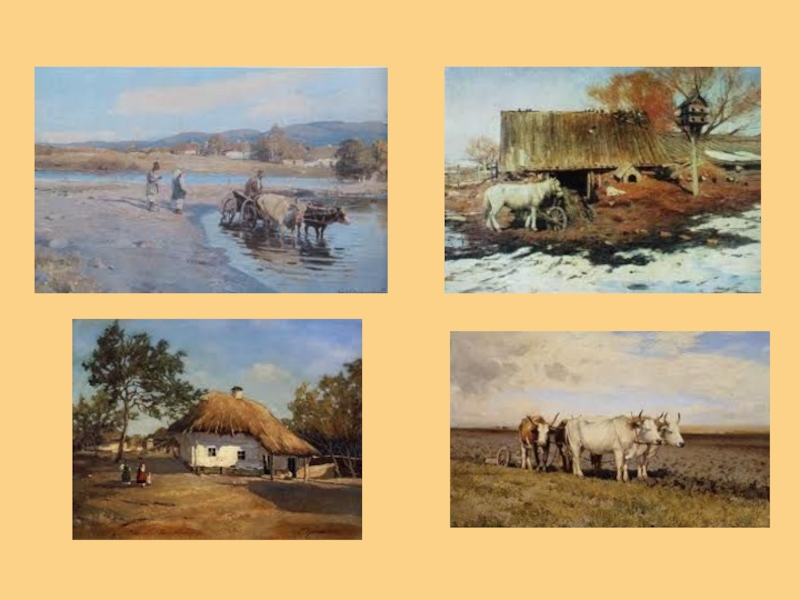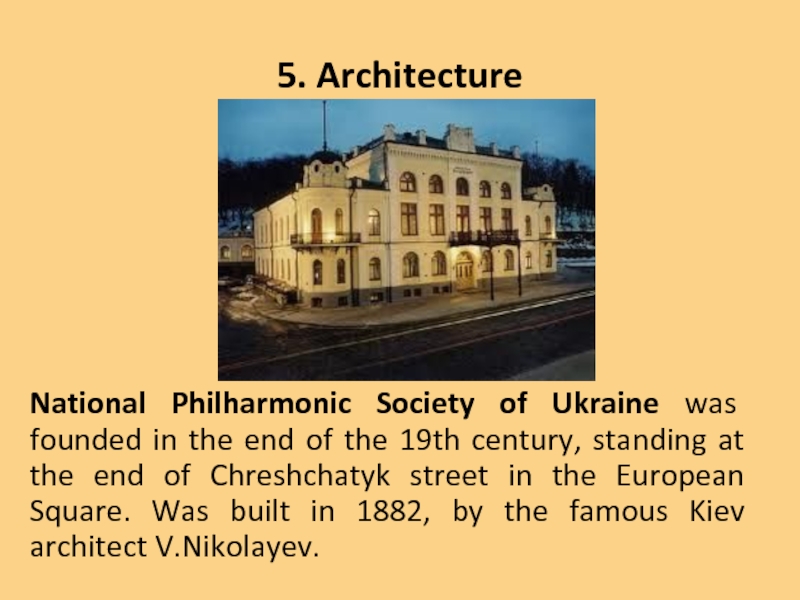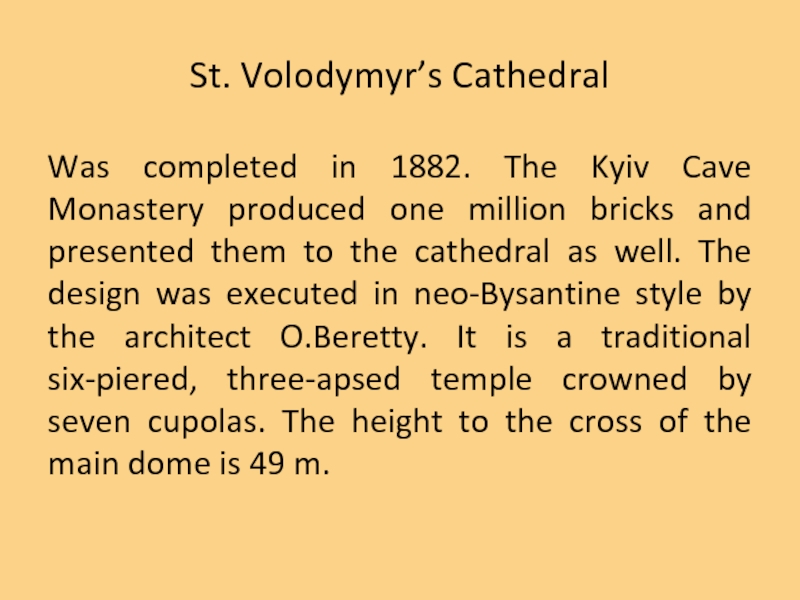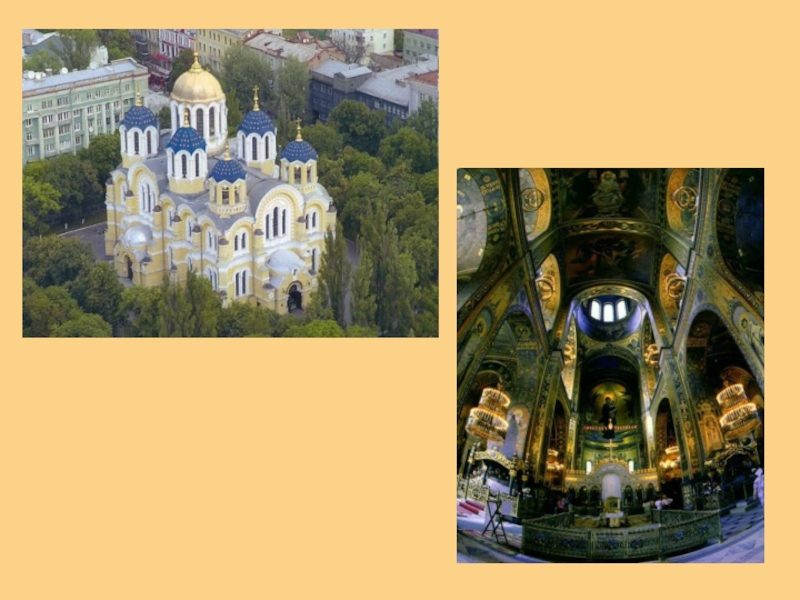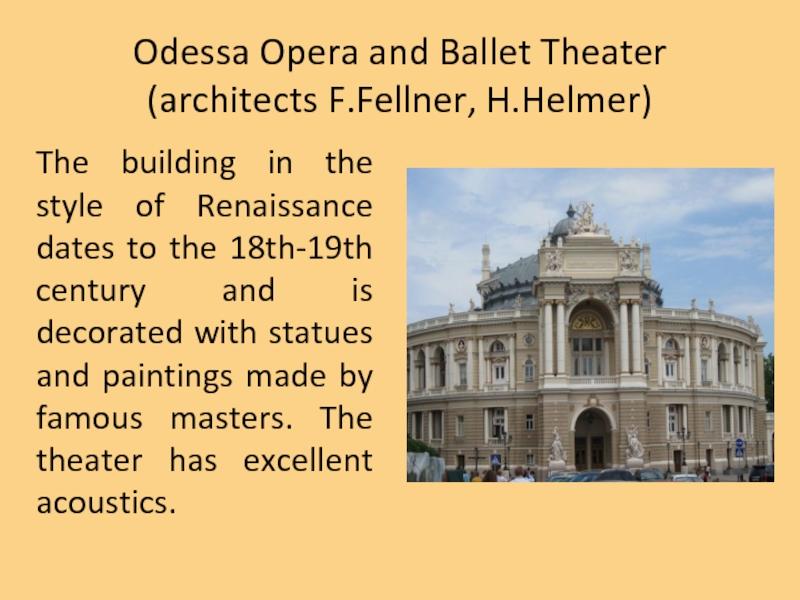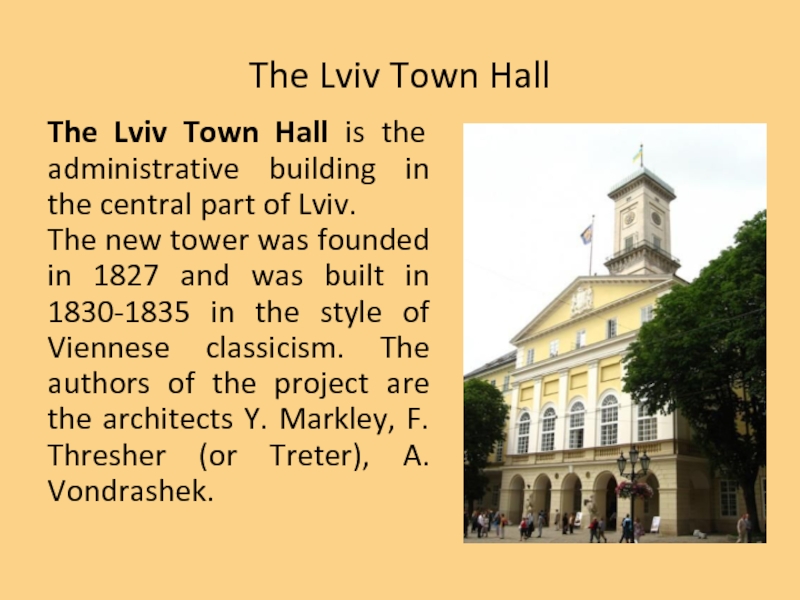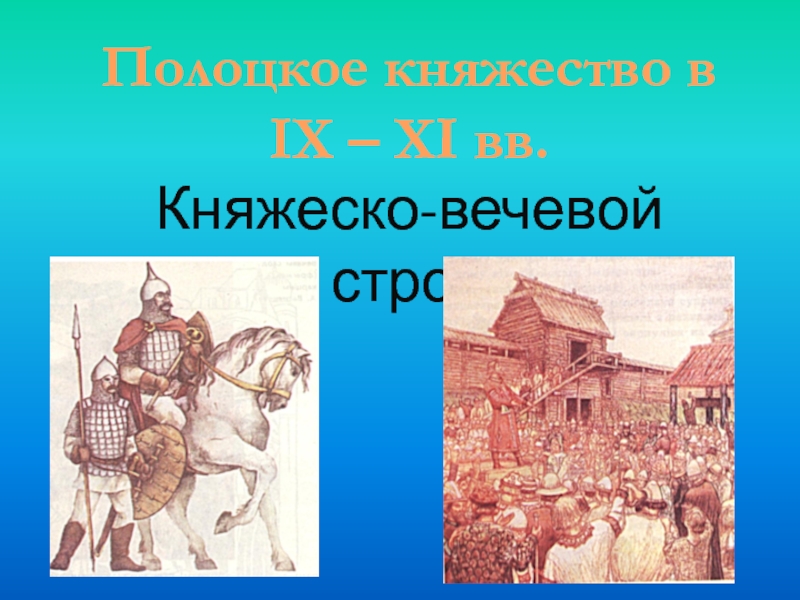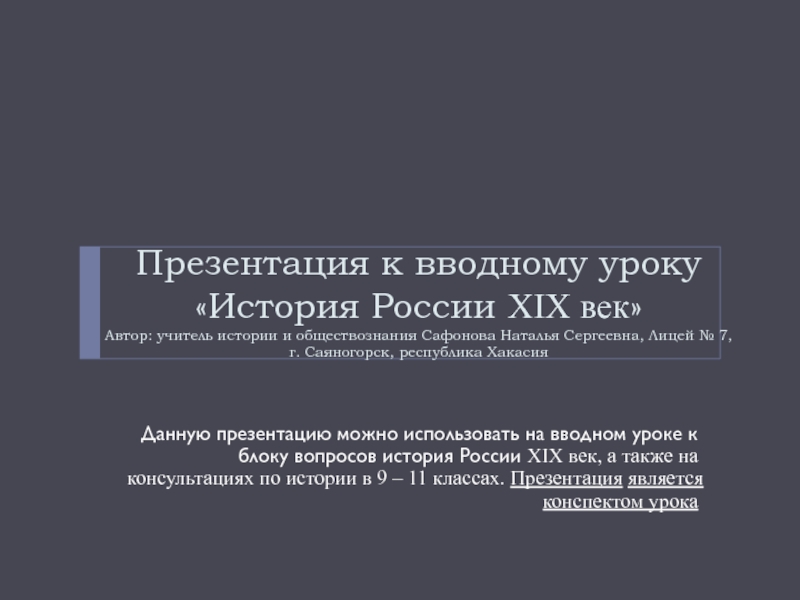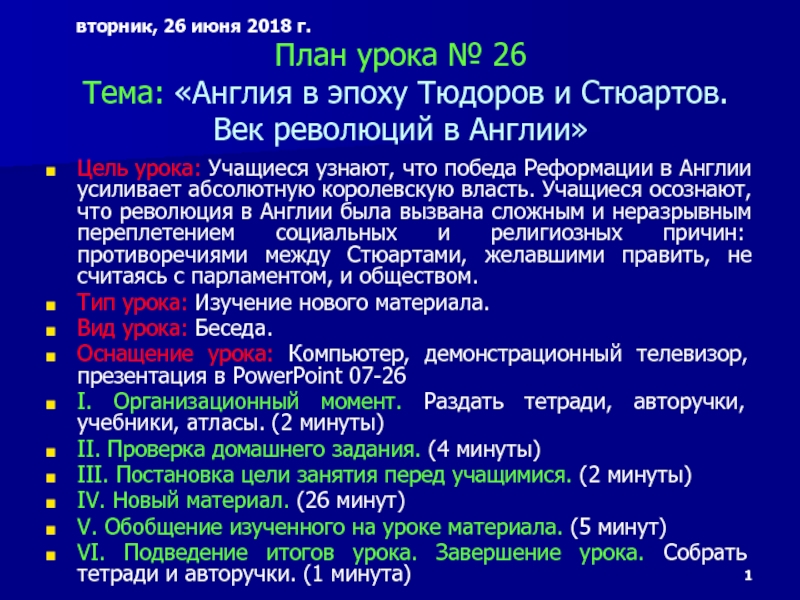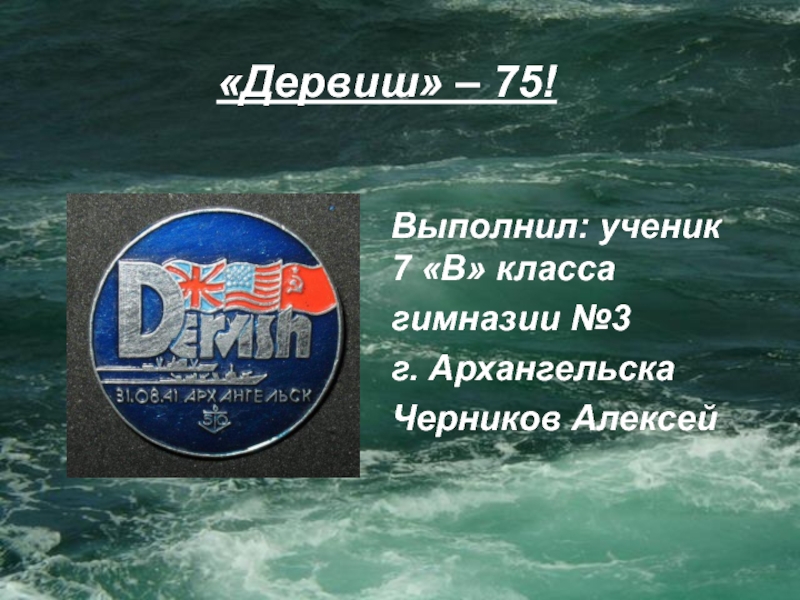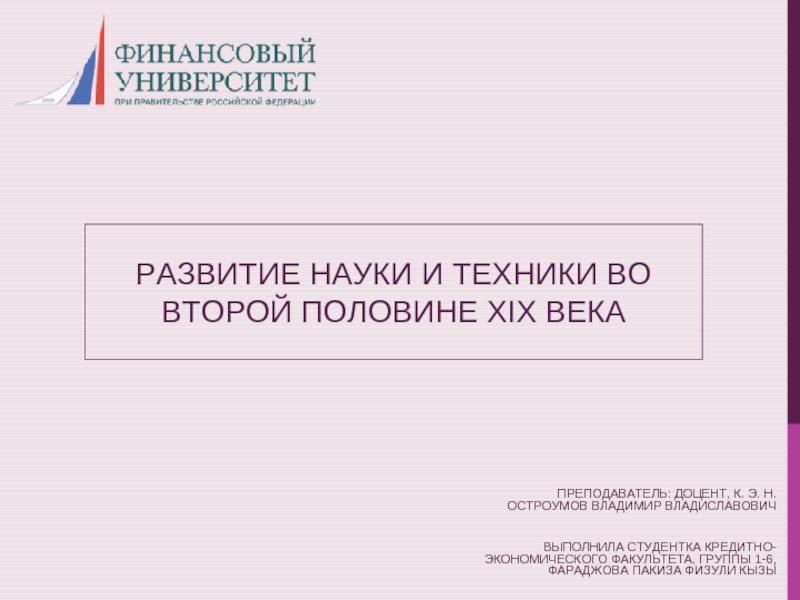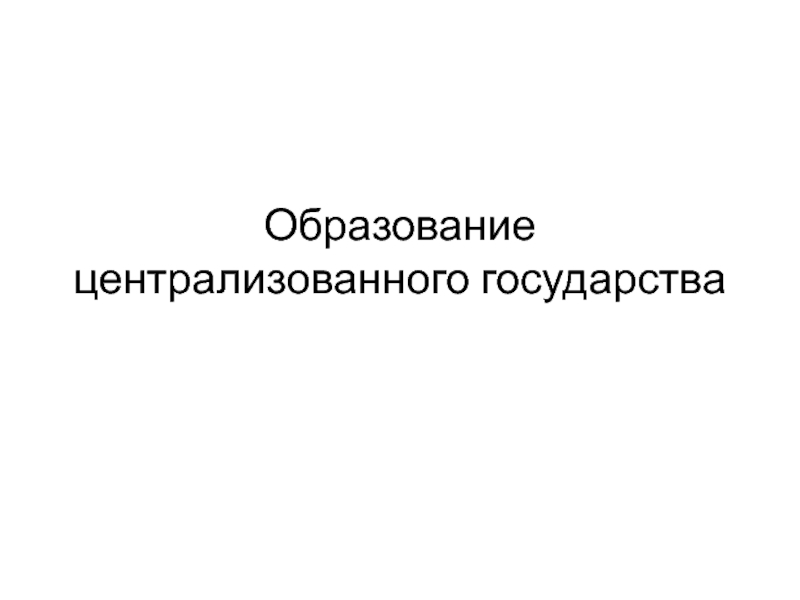- Главная
- Разное
- Дизайн
- Бизнес и предпринимательство
- Аналитика
- Образование
- Развлечения
- Красота и здоровье
- Финансы
- Государство
- Путешествия
- Спорт
- Недвижимость
- Армия
- Графика
- Культурология
- Еда и кулинария
- Лингвистика
- Английский язык
- Астрономия
- Алгебра
- Биология
- География
- Детские презентации
- Информатика
- История
- Литература
- Маркетинг
- Математика
- Медицина
- Менеджмент
- Музыка
- МХК
- Немецкий язык
- ОБЖ
- Обществознание
- Окружающий мир
- Педагогика
- Русский язык
- Технология
- Физика
- Философия
- Химия
- Шаблоны, картинки для презентаций
- Экология
- Экономика
- Юриспруденция
Ukrainian сulture of the 20th сentury презентация
Содержание
- 1. Ukrainian сulture of the 20th сentury
- 2. 1. Ukrainian symbols The 19th century is
- 3. The most symbolical elements of Ukrainian way
- 5. Korowai Korowai is the ceremonial and symbolic
- 6. Pysanky A traditional Ukrainian custom on Easter
- 7. Pysanky of different regions of the Ukraine
- 8. 2. Folklore Kobzars The artistic tradition
- 9. Kobzars often lived at
- 10. Genres of Ukrainian Folk Songs: The dumas;
- 11. The dumas The duma is specific Ukrainian
- 12. The dumas can be divided into two
- 13. Genres of Ukrainian Folk Prose: Fairy tales
- 14. 3. Literature Taras Shevchenko (March 9 1814
- 15. I will glorify Those
- 16. Born a serf, Shevchenko was orphaned
- 17. The liberation There he met the Ukrainian
- 19. Romantic poems In 1840 his first poetry
- 20. Satire Shevchenko’s talent for satire is also
- 21. Shevchenko’s painting Shevchenko is known also as
- 23. T.Shevchenko’s self-portraits
- 24. Shevchenko has held a unique
- 25. Ivan Franko (1856-1916) Like Taras Shevchenko, Ivan
- 26. The son of a village blacksmith,
- 27. Works In 1877, he wrote his first
- 28. He has drawn parallels to the
- 29. 4. Art In the first half of
- 31. The Landscape Painting Landscape painting became an
- 33. 5. Architecture National Philharmonic Society of Ukraine
- 34. St. Volodymyr’s Cathedral Was completed in 1882.
- 36. Odessa Opera and Ballet Theater (architects F.Fellner,
- 37. The Lviv Town Hall The Lviv Town
- 38. Residence of the Metropolitans in Chernivtsi
Слайд 21. Ukrainian symbols
The 19th century is a period of emergence and
Слайд 3The most symbolical elements of Ukrainian way of life are Rushnyk,
Rushnyk is a Ukrainian embroidered towel. Rushnyks are used as decorations during traditional weddings, and often have pairs of birds embroidered on them, representing the wedding couple.
Слайд 5Korowai
Korowai is the ceremonial and symbolic wedding bread. Traditionally it was
Слайд 6Pysanky
A traditional Ukrainian custom on Easter Day is exchanging highly ornamental
Слайд 82. Folklore
Kobzars
The artistic tradition of Ukrainian wandering bards, the kobzars
Слайд 9
Kobzars often lived at the Zaporozhian Sich and accompanied
In the 19th and 20th centuries, the kobzars, including the virtuoso Ostap Veresai, were persecuted by the tsarist regime
as the propagators of Ukrainophile
sentiments and historical memory.
Слайд 10Genres of Ukrainian Folk Songs:
The dumas;
The historical songs;
The ballades;
The lyric songs
The ritual songs (the wedding songs, the harvest songs, the Kupalo songs; the Rusalii songs, the Kolyadkas and Shchedrivkas etc.).
Слайд 11The dumas
The duma is specific Ukrainian folklore genre. Dumas did not
The dumas were not sung, but were performed in recitative to the accompaniment of a bandura, kobza, or lira.
Слайд 12The dumas can be divided into two thematic cycles:
The first and
The second cycle consists of dumas about the Cossack-Polish struggle (‘Khmelnytsky and Barabash,’ ‘The Battle of Korsun’).
Слайд 13Genres of Ukrainian Folk Prose:
Fairy tales (the most famous characters: Telesyk,
Legends (about mythical and historical personages);
Small genres (riddles, proverbs, jokes etc.)
Слайд 143. Literature
Taras Shevchenko (March 9 1814 - March 10 1861) was
Слайд 15
I will glorify
Those small, mute slaves!
On guard next to
I will place the word…
T.Shevchenko
Слайд 16
Born a serf, Shevchenko was orphaned when he was twelve and
Слайд 17The liberation
There he met the Ukrainian artists I.Soshenko, Y.Hrebinka and V.Hryhorovych.
Слайд 19Romantic poems
In 1840 his first poetry collection, ‘Kobzar’, consisting of eight
Shevchenko’s collection includes the ballads ‘The Bewitched Woman’, ‘The Poplar’, etc. Their affinity with Ukrainian folk ballads is evident in their plots and supernatural motifs.
Слайд 20Satire
Shevchenko’s talent for satire is also apparent in his poems ‘The
Слайд 21Shevchenko’s painting
Shevchenko is known also as a famous painter; author of
Слайд 24 Shevchenko has held a unique position in Ukrainian culture
His ‘Kobzar’ marks the beginning of a new era in Ukrainian literature. Through his poetry, Shevchenko legitimized the use of Ukrainian as a language of modern literature.
His poems’ revolutionary and political content found resonance among other captive peoples. Shevchenko's poetry and painting have also become sources of inspiration for many other works of literature, music, and art.
Слайд 25Ivan Franko
(1856-1916)
Like Taras Shevchenko, Ivan Franko is considered one of Ukraine's
Слайд 26
The son of a village blacksmith, Franko graduated from the Drohobych
Слайд 27Works
In 1877, he wrote his first collection of poetry, ‘Ballads and
Franko depicted the harsh experience of Ukrainian workers and peasants in his novels ‘Boryslav Laugh’s’ (1881–1882) and ‘Boa Constrictor’ (1878). His works deal with Ukrainian history (‘Zakhar Berkut’, 1883), social issues (‘Basis of Society’, 1895), love themes (‘Withered Leaves’, 1896), and philosophy (‘Semper Tiro’, 1906).
Слайд 28
He has drawn parallels to the Israelite search for a homeland
Слайд 294. Art
In the first half of the 19th century realism began
Representatives: I.Soshenko, A.Mokrytsky, K. Bryullov and others.
Слайд 31The Landscape Painting
Landscape painting became an independent genre in Ukrainian art
With time two types of landscape art developed, the poetic and the epic.
Ukrainian artists who devoted their efforts to landscape painting were. S.Vasyl’kivs’ky, and S.Svitoslavs’ky
Слайд 335. Architecture
National Philharmonic Society of Ukraine was founded in the end
Слайд 34St. Volodymyr’s Cathedral
Was completed in 1882. The Kyiv Cave Monastery produced
Слайд 36Odessa Opera and Ballet Theater
(architects F.Fellner, H.Helmer)
The building in the style
Слайд 37The Lviv Town Hall
The Lviv Town Hall is the administrative building
The new tower was founded in 1827 and was built in 1830-1835 in the style of Viennese classicism. The authors of the project are the architects Y. Markley, F. Thresher (or Treter), A. Vondrashek.

